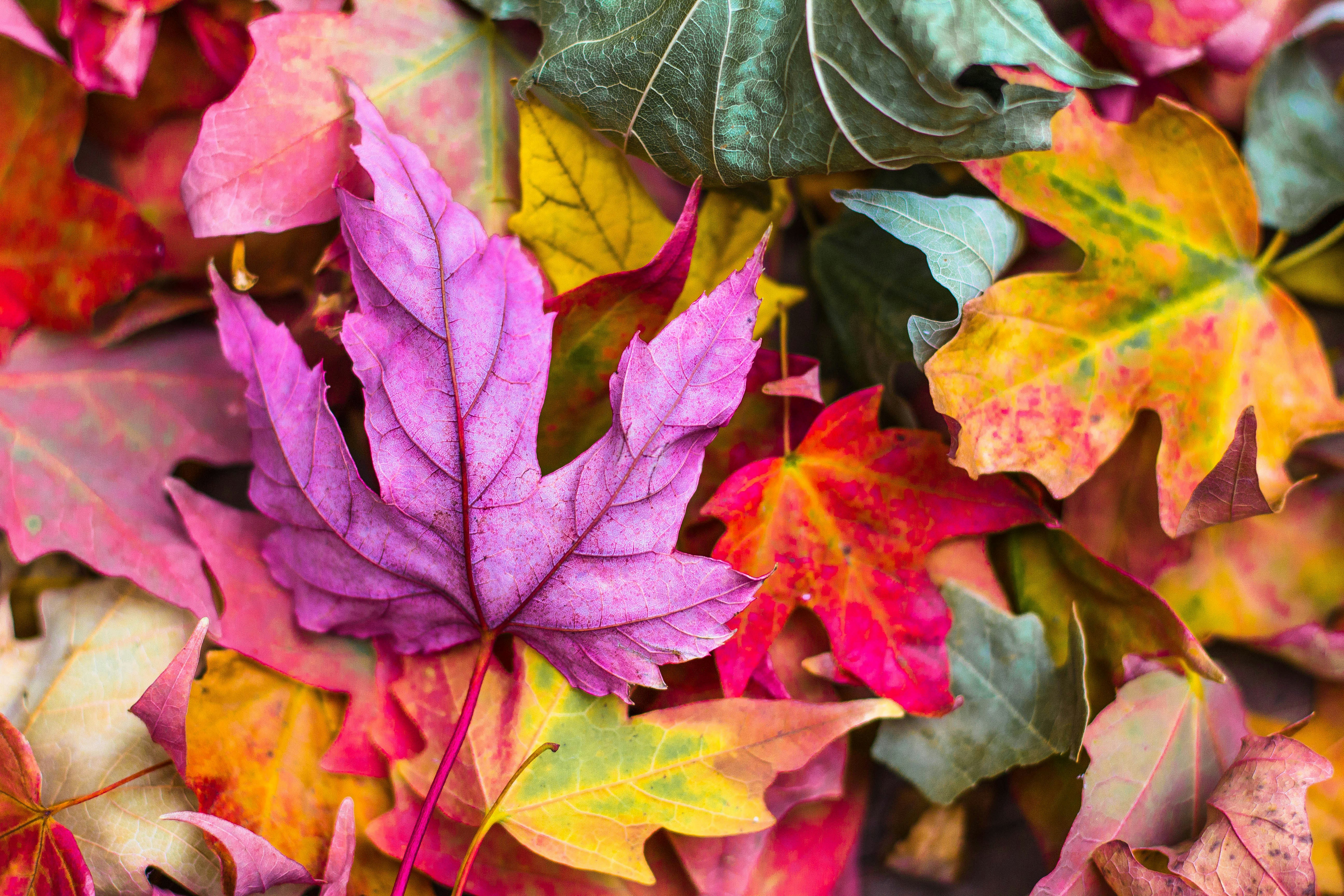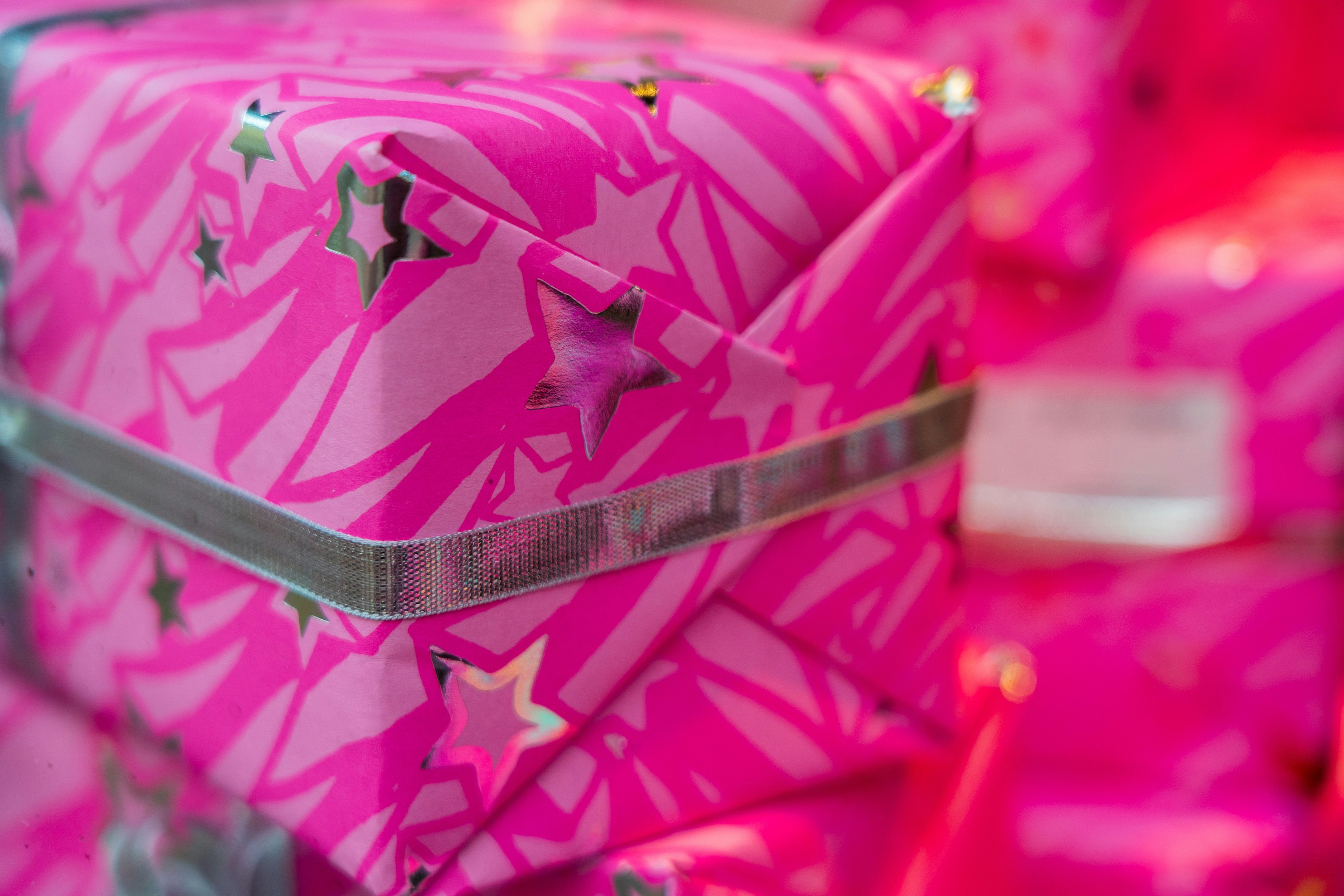
Milky Way Huntin’ Season is on for 2025: Processing stars
2025-04-24



Milky Way Huntin’ Season is on for 2025: Processing stars
Are you ready to embark on an exciting journey through the Milky Way galaxy in search of stunning stars and breathtaking views? As we gear up for the Milky Way hunting season in 2025, photographers around the world are preparing their gear and honing their skills to capture the beauty of our galaxy. In this blog post, we will explore some practical tips for processing stars in your Milky Way photographs, helping you to create stunning images that will wow your audience.
Introduction
The Milky Way galaxy is a vast and mysterious place, filled with billions of stars and countless wonders waiting to be discovered. For photographers, capturing the beauty of the Milky Way can be a challenging yet rewarding experience. With the right techniques and tools, you can create stunning images that showcase the beauty and majesty of our galaxy.
Practical Tips for Processing Stars
1. Use a fast lens
When photographing the stars in the Milky Way, it is essential to use a fast lens with a wide aperture. A lens with a low f-stop (such as f/2.8 or lower) will allow more light to enter the camera, enabling you to capture sharper and more detailed images of the stars. Additionally, a fast lens will help you to achieve a shallow depth of field, creating a beautiful bokeh effect in your photographs.
2. Shoot in RAW
When capturing images of the Milky Way, it is crucial to shoot in RAW format. RAW files contain more data and allow for greater flexibility in post-processing, enabling you to make adjustments to exposure, white balance, and other settings without losing image quality. Shooting in RAW will give you more control over the final look of your images and allow you to bring out the details of the stars in your photographs.
3. Reduce noise
One of the biggest challenges when processing stars in Milky Way photographs is noise. To reduce noise in your images, consider using a lower ISO setting and a longer exposure time. Additionally, you can use noise reduction software or techniques such as stacking multiple images to minimize noise and create cleaner, sharper photographs of the stars.
4. Enhance contrast and clarity
To make the stars in your Milky Way photographs pop, consider enhancing the contrast and clarity of your images in post-processing. Adjusting the contrast and clarity settings can help to bring out the details and textures of the stars, creating a more dynamic and visually appealing image. Experiment with different settings to find the right balance that enhances the beauty of the stars without overpowering the rest of the scene.
5. Experiment with color
When processing stars in your Milky Way photographs, don't be afraid to experiment with color. You can enhance the natural colors of the stars by adjusting the white balance and saturation settings in your editing software. Play around with different color combinations to create a unique and eye-catching image that showcases the beauty of the Milky Way in all its glory.
Conclusion
As we prepare for the Milky Way hunting season in 2025, photographers have an incredible opportunity to capture the beauty and majesty of our galaxy in stunning detail. By following these practical tips for processing stars in your Milky Way photographs, you can create images that will wow your audience and showcase the wonders of the Milky Way in all its glory. So grab your gear, head out into the night, and start capturing the beauty of the stars in the Milky Way galaxy today!